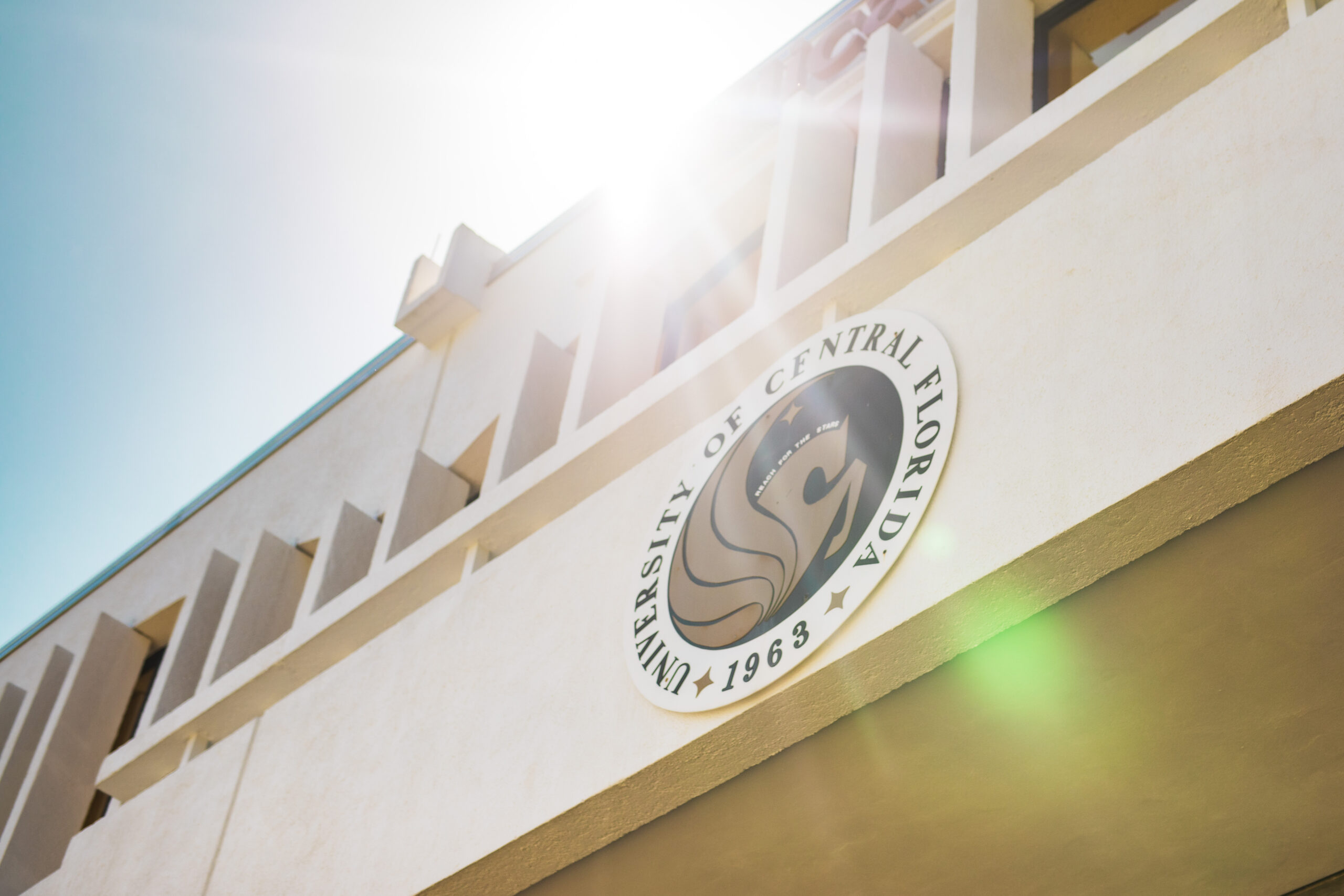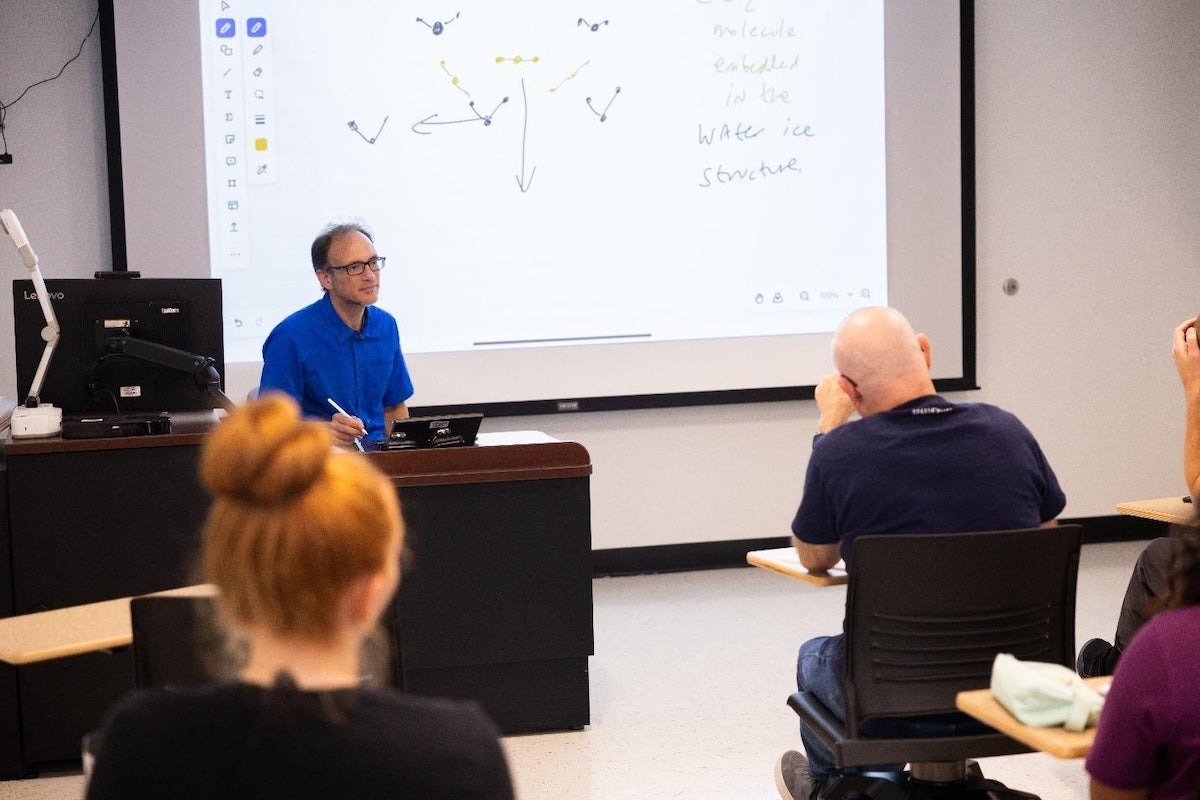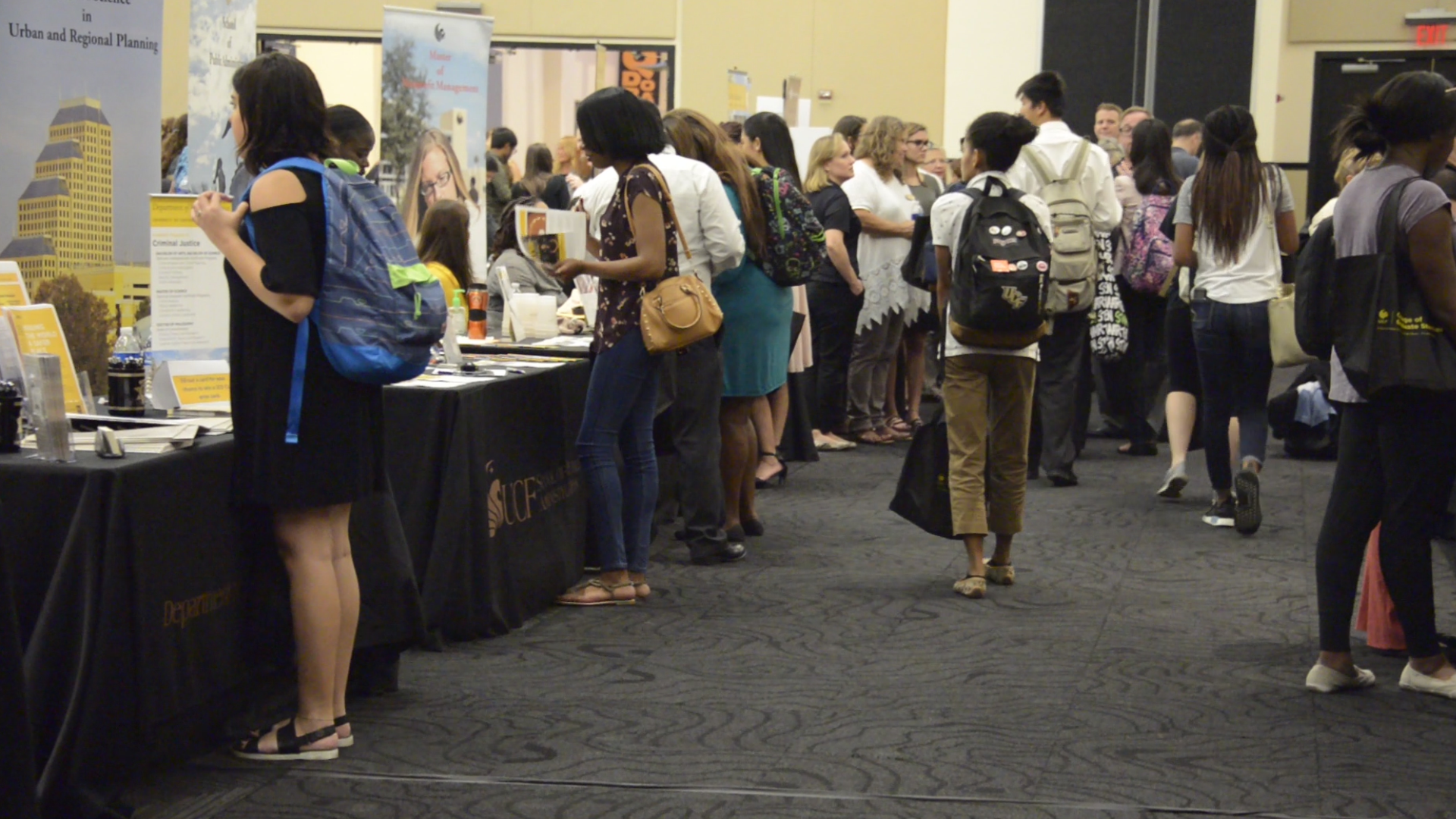UCF Receives NSF RAPID Award to Develop Cough Drops to Help Control COVID-19
A team of University of Central Florida researchers is looking at changing people’s saliva to help manage the spread of COVID-19 as the nation gets ready to go back to work and school.
The team is doing this through a recently awarded National Science Foundation Rapid Response Research Award for $200,000 to explore reducing COVID-19 transmission by making saliva heavier and stickier using candy or corn starch to help sneeze and cough particles fall rather than float.
The approach could lead to creating something as simple as a cough drop or lozenge that people would pop in their mouths before going into the grocery store, work, or school.
“One way to kind of think about it is, for example, clouds are just little, tiny droplets that are suspended in the air for hours, and they just flow with the atmosphere,” says Mike Kinzel, an assistant professor in UCF’s Department of Mechanical and Aerospace Engineering who is the project’s principal investigator.
“However, these droplets collide to form larger droplets that just fall out of the air,” he says. “That’s kind of the process we’re trying to promote. We don’t want the droplets to blow around with the wind like a cloud, we want them to fall out of the sky like rain.”
A way to reduce transmission distance will be especially important as people return to work and school, where maintaining six feet of social distance may be difficult, says Kareem Ahmed, an assistant professor in the department and co-principal investigator.
“The six feet is great as a general guide, but then in a confined environment like our offices, grocery stores, public transit or hospitals, these droplets are going to interact with surfaces, HVAC systems or ventilations,” Ahmed says.
“So if we change the properties from the source, which is essentially our respiratory functions, whether it’s coughing, sneezing, speaking or breathing, then you’re simply going to reduce the amount that you’re producing, and hopefully bring the six feet to something shorter, where we can interact more,” Ahmed says.
“Based on our early data, coupling a face mask with saliva mixed with corn starch will potentially have us go from six feet to two feet for social distancing,” he says.
Leading the analyses of the effort are postdoctoral researchers Douglas Hector Fontes in Kinzel’s lab and Jonathan Reyes in Ahmed’s lab.
Fontes is running numerical simulations to study how differences in viscosity, density, and surface tension impact droplet dispersal.
“Our preliminary results have shown a significant reduction in the duration of droplet suspension in the air by changing the properties of the saliva,” Fontes says.
Reyes is using high-speed cameras to characterize the patterns and distance traveled of droplets emitted from sneezing and coughing, including those that have been altered by candy or starch. He’s finding similar reductions.
“Our data have shown that altering the physical properties of the saliva shows great promise in reducing the exposure of a sneeze,” Reyes says. “Particulates travel shorter distances and fall faster.”
As part of the research, Reyes is also supplying the sneezing.
“If you know anyone who can sneeze on command, send them my way,” Reyes says.
The team is working closely with Jelena Catania, a doctor and expert in infectious diseases at UCF’s College of Medicine and the Orlando Veteran’s Administration Medical Center, for the implementation challenges, and Brent Craven, a researcher at the U.S. Food and Drug Administration, for the potential implementation.
Kinzel received his doctorate in aerospace engineering from The Pennsylvania State University and joined UCF in 2018. In addition to being a member of UCF’s Department of Mechanical and Aerospace engineering, a part of UCF’s College of Engineering and Computer Science, he also works with UCF’s Center for Advanced Turbomachinery and Energy Research.
Ahmed earned his doctoral degree in mechanical engineering from the State University of New York at Buffalo. He worked at Pratt & Whitney Military Engines and Old Dominion University prior to joining UCF’s Department of Mechanical and Aerospace Engineering in 2015. He is the director of UCF’s Propulsion and Energy Research Laboratory, a faculty member of UCF’s Center for Advanced Turbomachinery and Energy Research, an associate fellow of the American Institute of Aeronautics and Astronautics, a U.S. Air Force Research Lab Summer Faculty Fellow, and a member of UCF’s Renewable Energy and Chemical Transformation Cluster.
Share This Article

UCF Women’s Club Honors 3 Graduate Students with Prestigious Sheila B. Somerville Scholarship
Financial support is often the cornerstone of academic success, and for many students, scholarships open the door to higher education. Beyond easing financial stress, these awards provide recognition, motivation, and a...
Latest News

UCF Launches 1st Planetary and Space Sciences PhD Program in Florida
As SpaceU, UCF is pushing the boundaries of exploration by launching a groundbreaking new doctoral program in the planetary and space sciences. Now, aspiring researchers can apply to the inaugural cohort of...

UCF Fulbright Awardees Bring Their Passions to a Global Scale
Each year, the Fulbright Program offers opportunities for American students to conduct research, teach English, or pursue graduate study abroad. One of the most prestigious international exchange programs in the...

Unleash Opportunities with a UCF Graduate Degree
A graduate degree has the power to unleash opportunities by expanding careers, opening doors to new fields, and increasing lifetime earnings. According to the U.S. Bureau of Labor Statistics (2024),...

UCF Rosen College Ranks No. 1 in the World for Hospitality Education for 2025
One of the most anticipated theme parks in the world is about to open its gates — and right next door, the No. 1 hospitality and hotel management school on...